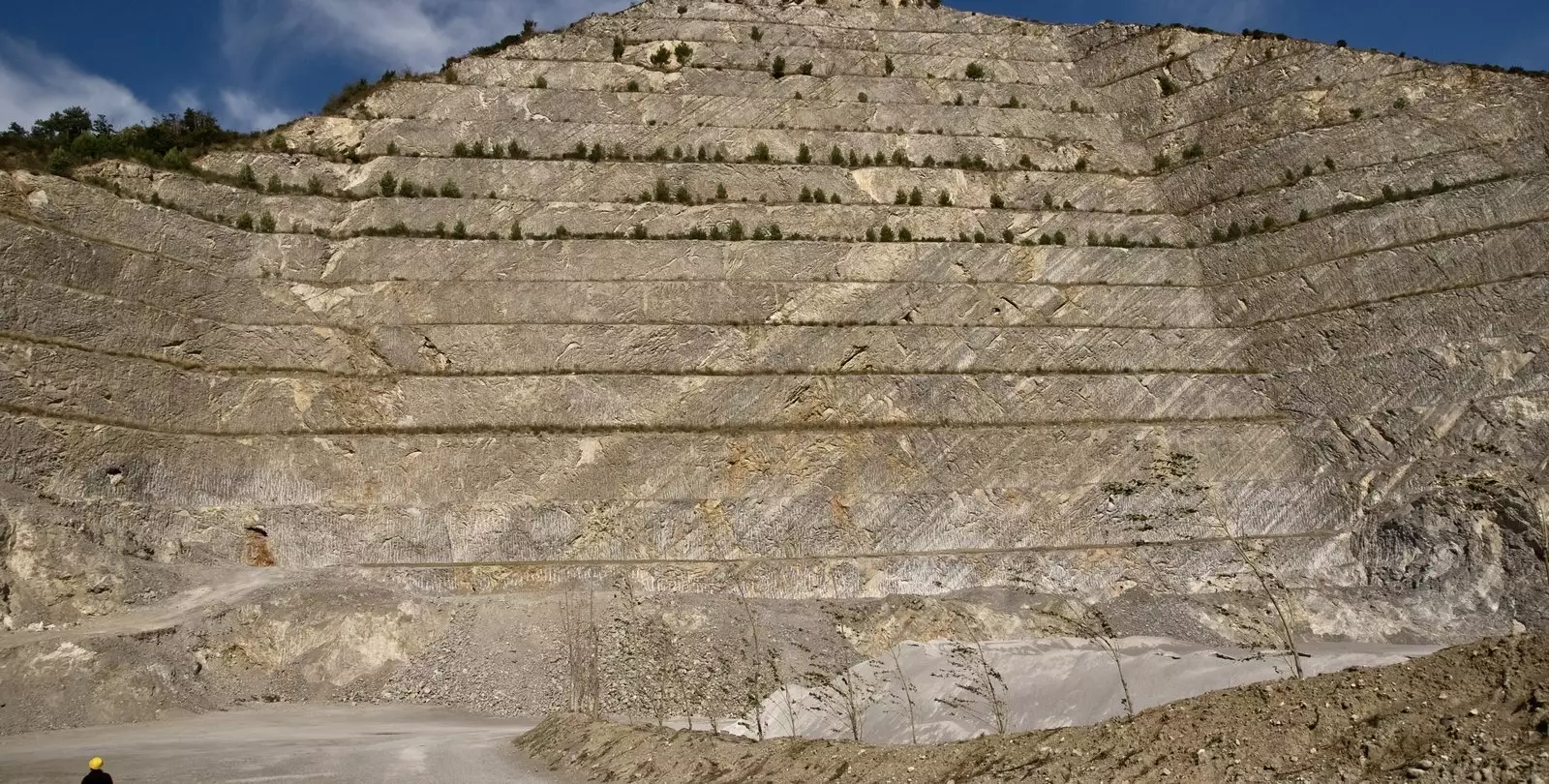Approximately 183 million years ago, the Toarcian Oceanic Anoxic Event (T-OAE) occurred due to volcanic activity in modern South Africa. This event resulted in the release of an estimated 20,500 gigatons of carbon dioxide (CO2) into the ocean-atmosphere system over a period of 300 to 500 thousand years. The lack of oxygen, or anoxia, in the water during the T-OAE caused a mass extinction of marine species. This historical event serves as a cautionary tale for the potential consequences of increased greenhouse gas emissions.
A recent study, led by researchers from George Mason University and co-authored by Caltech’s Francois Tissot, shed light on the extent of ocean anoxia during the T-OAE. The research team collected 30 samples of stratified limestone from the Mercato San Severino region in southern Italy to assess the severity of ocean deoxygenation. By analyzing the samples for their uranium content and isotopic composition, the researchers were able to infer the amount of anoxia in the ocean during the T-OAE.
The results of the study indicate that anoxia peaked at 28 to 38 times the levels of the modern ocean during the T-OAE. Today, only about 0.2% of the ocean floor is covered with anoxic sediments similar to those found in the Black Sea. In contrast, during the T-OAE, 6% to 8% of the ocean floor was covered in anoxic sediment. This stark contrast highlights the potential impact of anthropogenic CO2 emissions on marine ecosystems.
If greenhouse gas emissions continue to rise unchecked, the negative impacts on the ocean’s ecosystem are expected to be severe. The study’s findings suggest that past OAE events can provide valuable insights into the potential consequences of current CO2 emissions. By understanding the historical effects of ocean anoxia, scientists can better predict and mitigate the impacts of anthropogenic activity on marine life.
The Toarcian Oceanic Anoxic Event serves as a stark reminder of the devastating effects of anoxia on marine ecosystems. By learning from the past and taking action to reduce carbon emissions, we can work towards a more sustainable future for our oceans and the diverse species that call them home.


Leave a Reply